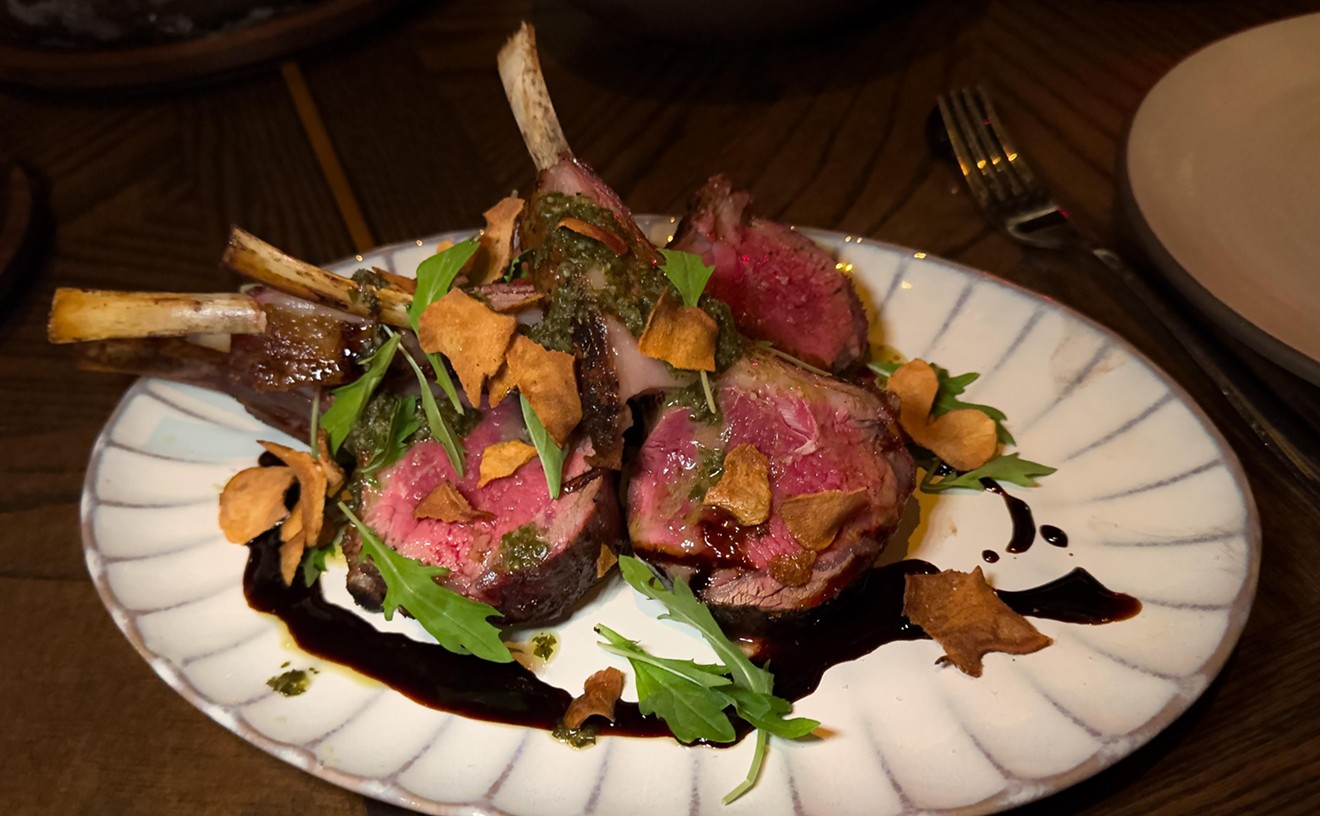Middle Eastern Hummus, Italian Pasta e Fagioli, New Orleans Red Beans and Rice, even Hannibal Lecter's Fava beans and Chianti transform the modest bean to a stellar ingredient. All beans are seeds that stem from the plant family leguminous. More importantly, beans deliver plant-based protein, are high in fiber, and are a good food source for minerals (iron) and vitamins (B).
Bean dishes are found in every type of cuisine and were consumed by all ancient civilizations. Once considered a poor mans' meat, beans have gained popularity as we explore vegetarian options and add ethnic food to our everyday menus at home. Wider choices for beans than the more familiar lima, red or black bean, including heirloom varieties, are now available at natural and ethnic food markets.
tips for bean prep after the jump
Preparation Tips:
1. Buy dry beans from bulk beans where there is a lot of turnover. Beans dry out and become brittle over time increasing the amount of cooking time to soften.
2. Place dried beans on a sheet pan and pick out any specks of dirt, pebbles, shriveled or discolored beans.
3. Rinse in cold water then re-hydrate dried beans by soaking in water. The ratio of beans to water should be 4:1. Soaking partially removes the complex sugar that often cause bloating and gas.
Quick soak method: Place rinsed and sorted beans in a stockpot. Add water to cover beans by 4 inches. Bring the pot to a boil then turn off heat. Cover pot and allow beans to sit for one hour.
Overnight method: Place rinsed and sorted beans in a stockpot. Add water to cover beans by 4 inches. Soak beans for a minimum of 4 hours, preferably overnight.
4. After soaking, drain and rinse beans. Parboil beans in fresh water for 10 minutes prior to using in recipe.
Note: salt, acidic foods and hard water inhibit cooking beans to tenderness. Hold off adding salt to a recipe until beans are no longer hard, add acidic foods or condiments after beans are tender, cook beans in filtered water.
Five to try:
Azuki or Adzuki Bean: also called "red bean" in Asian cultures. Grown in East Asia. Used to make red bean paste, and one of the beans used in Asian sweets. Nutty and sweet in flavor cook after soaking until soft.
Cranberry or Italian Borlotti Bean: popular in Italian pasta and salad dishes. These beans have a mild, nutty flavor and are distinguished by an ivory or light pink appearance with pink or red lines.
Fava Bean: harvested in spring and sold fresh. The fava has a tart or bitter and slightly nutty in flavor. Remove outer pod then soak and cook in their skins. Remove the skins after cooking.
Lentils: found in European and Indian recipes. There are more than 50 varieties available worldwide but American markets tend to feature the brown lentil. Green Le Puy lentils from France are valued for their flavor. Split lentils, like split peas cook more quickly. Indian dal recipes may call for red, yellow even black lentils- easy to find at an Indian or Asian grocery.
Lentils do not need to be soaked before cooking. Split lentils, like split peas, cook more quickly than whole lentils.
Mesquite beans: grows in the Southwest, maybe right in your backyard. The bean can be cooked and used but this bean is better used to grind into flour. Check the Phoenix Permaculture Guild site for updates on Mesquite Bean milling in the fall.










